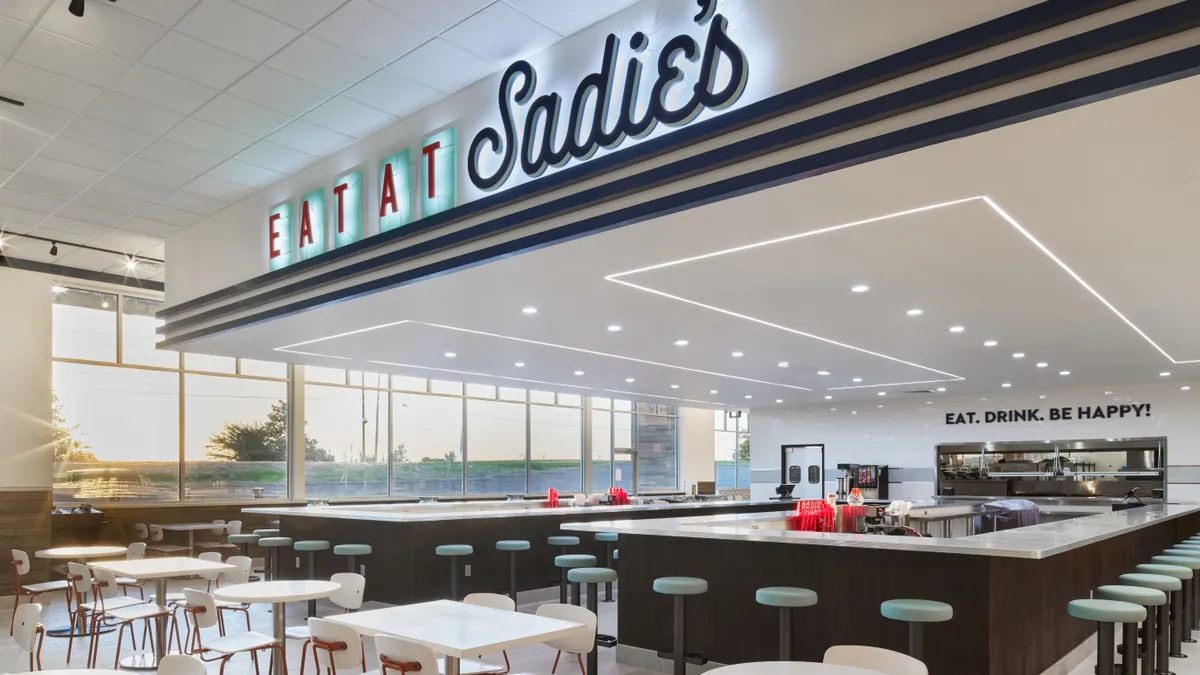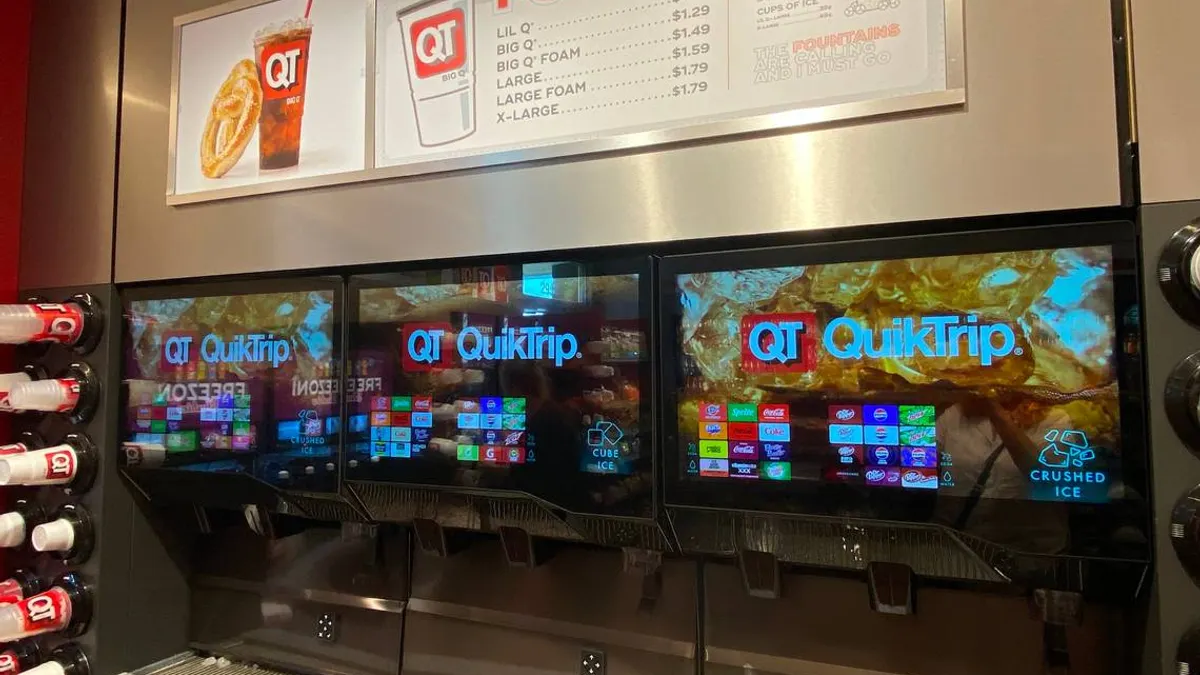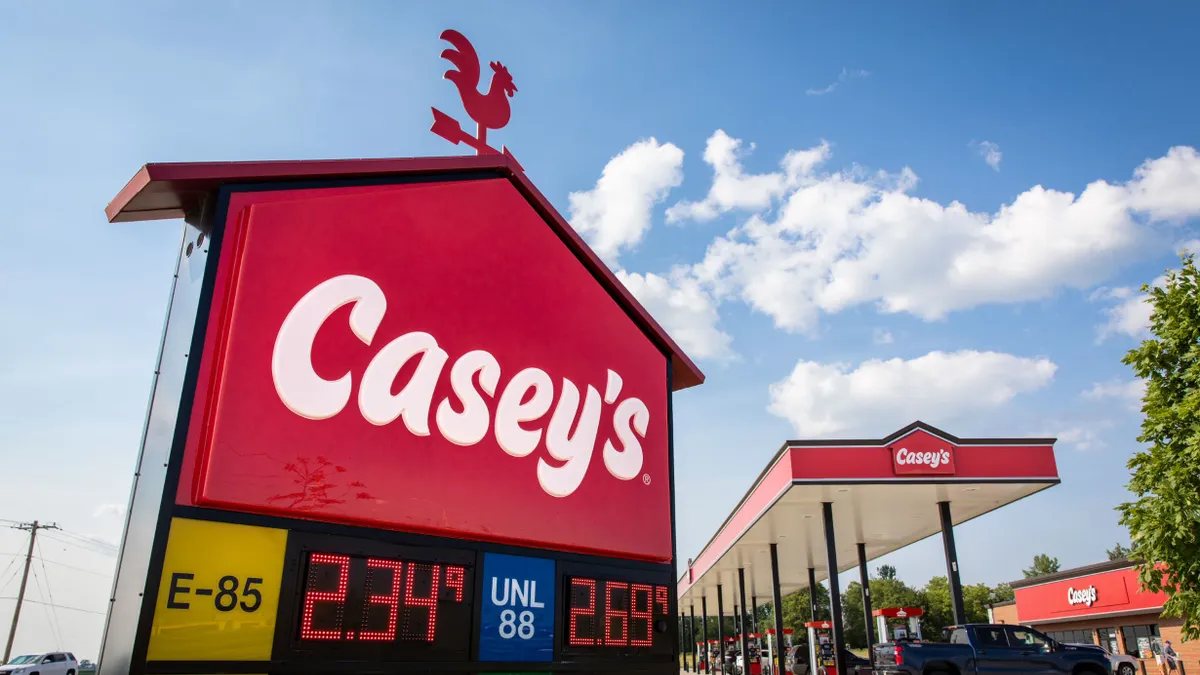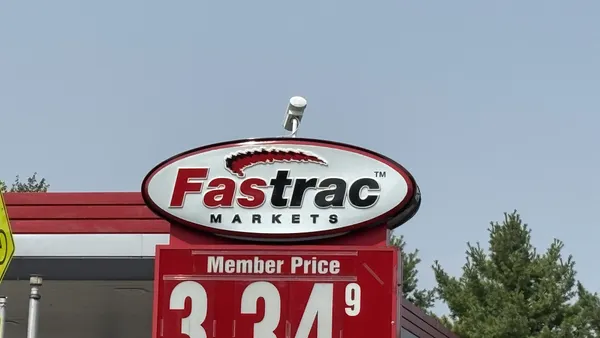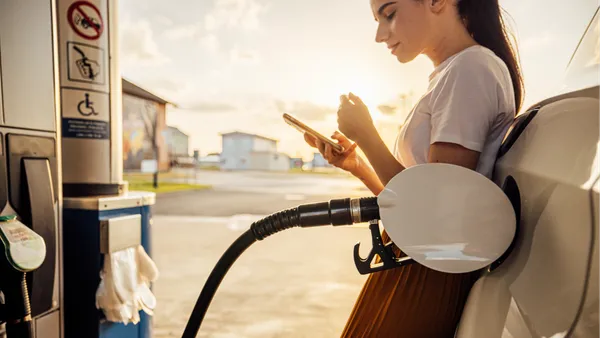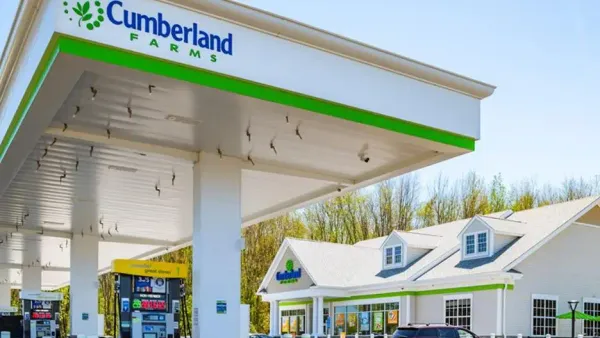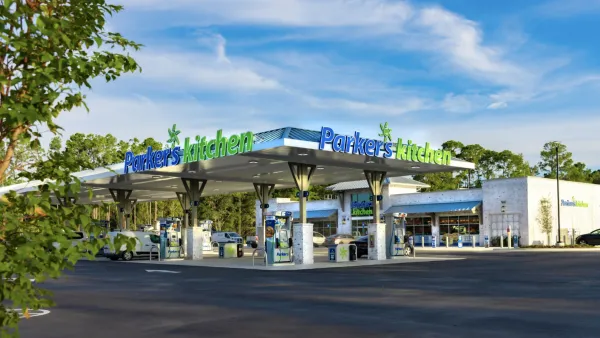Sprint Mart is letting technology carry more of the operational load — and the benefits aren’t just appearing in its customer experience but also its employees’ workdays.
“As we continue to evolve as an organization, we’re looking more towards technology to streamline time efficiency in anything that we do,” Herb Hargraves, chief operating officer for Sprint Mart — which has more than 100 c-stores in Mississippi and Alabama — said in an interview with C-Store Dive.
The company’s IT department identifies areas where processes could be streamlined or automated to improve consumer and worker experiences, then seeks the right answer to those problems.
Hargraves said that Sprint Mart is “constantly evolving on a technology standpoint” to make its in-store and forecourt experiences more customer friendly.
For example, the retailer upgraded the fuel pumps and in-store payment technology to accept tap-to-pay. Apple Pay has been particularly popular, Hargraves noted. He also said that the transition has cut the number of complaints the company gets about the payments system.
Sprint Mart might add delivery in the future, although if it does, the retailer will take this step carefully. Hargraves said he’s found from past experiences that a poorly run delivery program can hurt the customer experience more than no delivery program at all.
“I’m planning on learning from those mistakes,” he said. “And making it better here at Sprint Mart.”
For employees, less time spent on repetitive tasks means they can focus on other things, such as training and customer service.
Sprint Mart is testing a cash acceptor by Volumatic at one location. The device is located under the register and operates like the bill acceptor of a smart safe, Hargraves said.
Employees can slip bills in during their shifts, tapping a fob so the machine knows who added each bill. The device checks the bills for counterfeits and seals them in a bag, making for easier counting.
“The team leader that works the store loves it because it saves her an hour and a half a day,” Hargraves said.
While the device doesn’t directly save Sprint Mart money, it gives the team leader more time to focus on coaching, training and mentoring the staff, or even directly serving customers in the store, Hargraves said.
Sprint Mart is also using technology to simplify beer deliveries. Previously, when a beer delivery arrived, the company had to pay for it on the spot, using money order machines in each store. A recent partnership with invoice processing company Fintech has helped the retailer streamline that system.
“They have a direct correlation to our banking account, and they can immediately pay that vendor upon delivery through a payment portal, rather than a paper check,” Hargraves said.
The company automated invoice processing, which Sprint Mart had previously been done manually, a Fintech spokesperson noted. The impact saved about 15 to 25 hours per week across multiple processes.
While upgrades to the payment system help customers, the increased security with all this updated tech protects their personal information, as data breaches have hit the c-store industry in recent years.
“Upgrades to the pumps, upgrades to the POS system, [are] always happening just to keep customers’ personal information secure,” Hargraves said.



